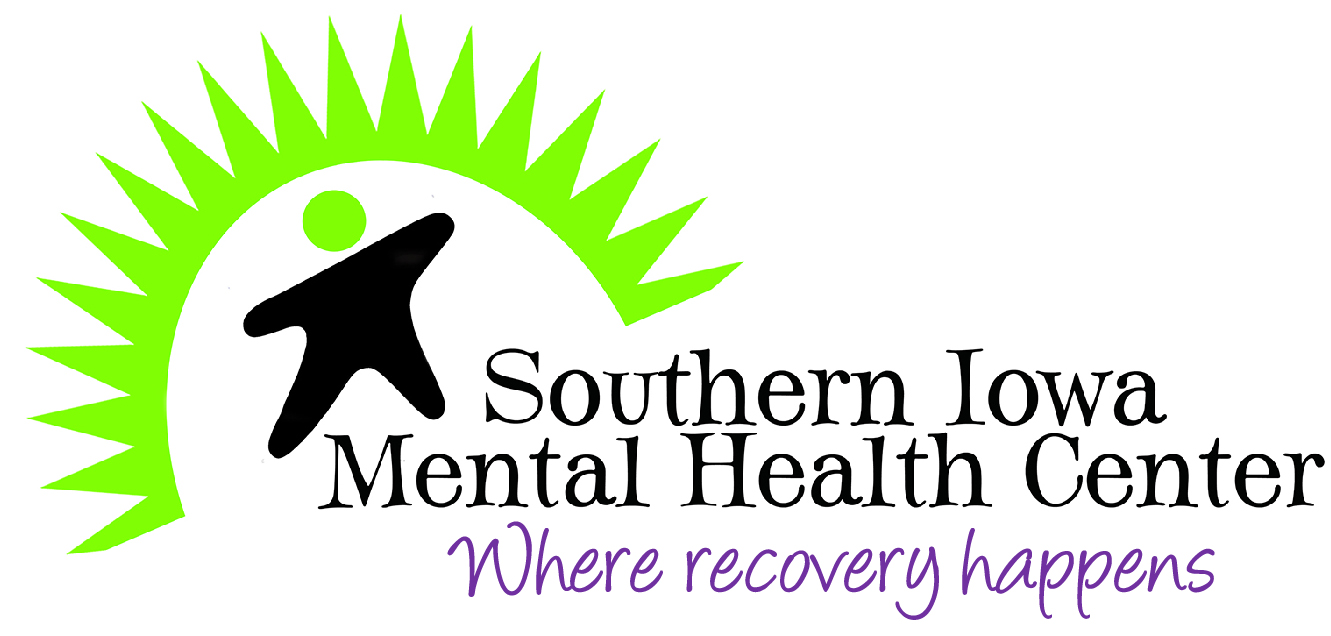Environmental Risk Factors Linked to Increased Risk for Schizotypy

MONDAY, Dec. 19, 2022 (HealthDay News) -- Having a larger number of environmental risk factors is associated with an increased likelihood of schizotypy at age 11 years, according to a study published online Oct. 28 in Schizophrenia Bulletin.
Kirstie O'Hare, Ph.D., from the University of New South Wales in Sydney, and colleagues prospectively examined the association between 19 environmental exposures measured from the prenatal period through age 11 years and three profiles of schizotypy in 20,599 children (mean age, 11.9 years). The association between membership in each of three schizotypy profiles (true schizotypy, introverted schizotypy, and affective schizotypy) and exposure to risk factors was examined.
The researchers found that almost all environmental factors were associated with at least one schizotypy profile. The strongest association for the cumulative environmental risk score was seen for the true schizotypy profile, followed by affective and introverted schizotypy (odds ratios, 1.61, 1.33, and 1.32, respectively).
"In conclusion, having a larger number of environmental risk factors was associated with an increased likelihood of schizotypy in middle childhood, in a manner consistent with a cumulative risk hypothesis," the authors write. "These findings emphasize the need to investigate whether interventions to mitigate the effects of adverse environmental exposures in early/middle childhood could be effective in preventing or delaying the onset of schizophrenia spectrum disorders."
Abstract/Full Text (subscription or payment may be required)
Related Posts
AI Analysis of Chest Radiographs Can Triage Acute Chest Pain Syndrome
FRIDAY, Jan. 20, 2023 (HealthDay News) -- Deep learning (DL) analysis of chest...
FDA Authorizes Spring COVID-19 Booster for Certain Americans
TUESDAY, April 18, 2023 (HealthDay News) -- Seniors and people with weakened...
Deadly Listeria Outbreak Linked to Ice Cream
TUESDAY, July 5, 2022 (HealthDay News) – The U.S. Centers for Disease Control...
Prevalence of Certain Bacterial Coinfections Low for Young COVID-19-Positive Febrile Infants
FRIDAY, May 12, 2023 (HealthDay News) -- Febrile infants aged 8 to 60 days old...
